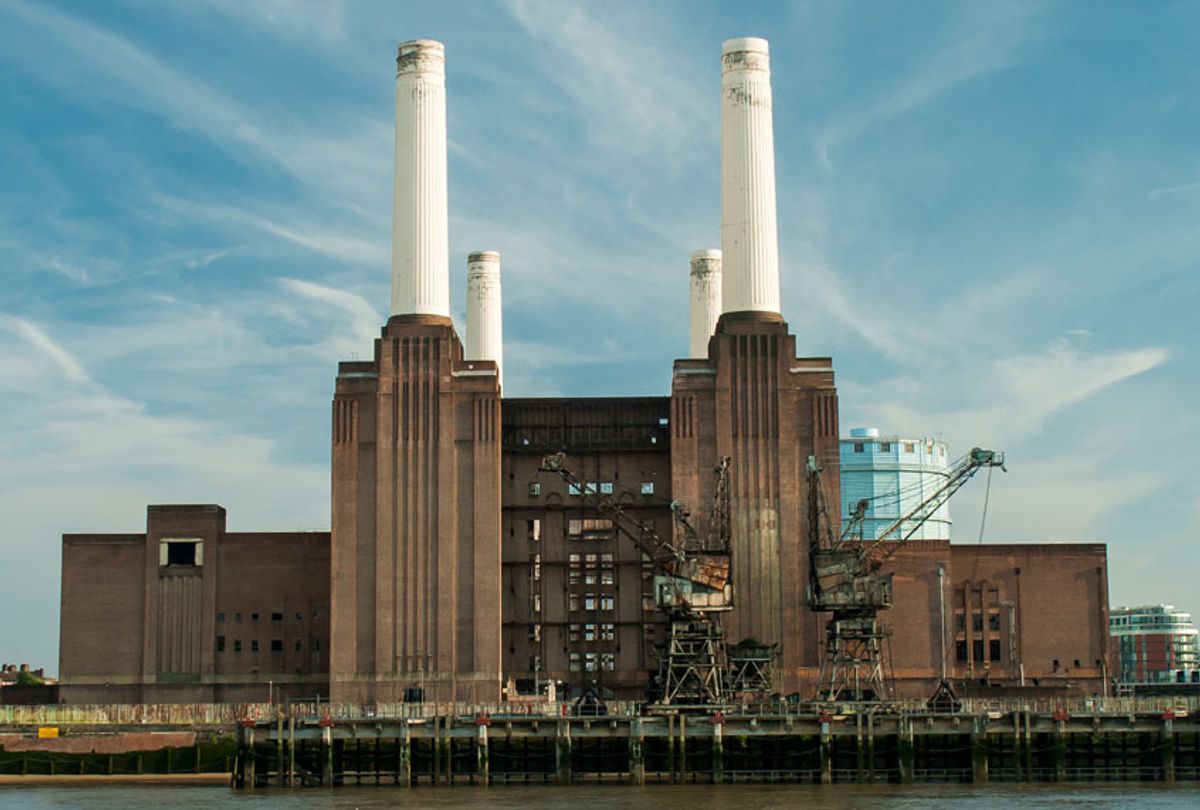The keynote speaker at McKinsey’s Global Sustainability Summit in Chicago was Anne Pramaggiore, vice president and CEO of Exelon, one of America’s biggest utilities. Her message: Exelon is going clean. Its future role will emphasize being a connector, not a generator, in the distributed grid of the future, exploiting the utility’s tradition of providing universal service — but this time to partner with its customers as providers as well as consumers.
She’s not alone in projecting a very different role and future, even for well established utilities. The mood from the utility representatives at the sessions couldn’t be more different than the groans and moans that the Trump administration’s appointees emit as they try, somehow, to find someone to bail out outmoded, dirty, uncompetitive coal- fired power plants. Southern California Edison representatives mentioned they had an entire corporate strategy to encourage households to return to lower-carbon electric stoves in place of carbon-polluting natural gas.
But the story that has been playing itself out around the country is remarkably consistent, so perhaps the mood in Chicago wasn’t so surprising. Coal is going away — and utilities are changing their role in ways that accelerate that decline. Take Indiana. Former EPA Scott Pruitt was hired by coal interests to persuade the Indiana legislature to support a coal bailout. Pruitt turned out to be just as ineffective as a self-declared coal industry lobbyist as he had been cloaked as the ostensible administrator of environmental protection – his coal bailouts keep going down in flames. Even the Indiana Chamber of Commerce said, “No thanks, we can’t afford coal.” It turns out the state’s business climate has been significantly hurt by providing expensive power bought from outdated coal plants
If coal can’t garner support from Indiana business interests, it’s really pretty much game over. And the Hoosier State is not alone. President Trump’s appointees to the Tennessee Valley Authority Board refused his pressure to slow their transition to renewables. In Colorado, where utilities and clean energy advocates have successfully collaborated, the state’s biggest utility, XCEL, committed in December to 100% clean energy by 2050. Simultaneously, another major Colorado utility, Tri-State Generation and Transmission, was facing financial collapse created by its continued reliance on dirty power.
Tri-State, which provides power — predominantly coal — to its member cooperatives, has been hemorrhaging members for the past year because its power is too expensive. A recent report from Rocky Mountain Institute concluded that going to renewables would save the utility’s customers $600 per person by 2030.
Faced with dangers to its member electric co-ops if Tri-State collapsed, the Colorado legislature passed legislation that placed Tri-State under the regulatory authority of the Colorado Public Utilities Commission — to help it get off coal. At the same time, lawmakers gave legislative blessing to XCEL’s innovative strategies for quickly exiting from coal. The Xcel provisions codify the company’s clean energy commitments and permits the utility to own 50% of its future renewable energy assets.
Montana joined Indiana in rejecting coal industry appeals for bailouts, this time for the Coalstrip power plant, whose current owners have decided it is cheaper to shut it down than continue to operate it. (Wyoming, however, passed a weaker bailout proposal, requiring a utility shutting down a coal plant to first offer to sell it — a pathway already tried by the Trump administration, unsuccessfully, to keep the Navajo Power Plant in Arizona open.) New Mexico, whose major utility, PNM, is now moving rapidly towards clean energy, refused to weaken emission standards for the remaining coal plants, instead agreeing to help PNM finance its losses from shutting down coal plants.
What is happening across the country is an emerging set of new partnerships between clean energy advocates and public utilities, driven by a stark recognition by utilities that the pathway forged some years ago by California’s power companies — cooperating, not resisting, the clean energy revolution — is not only better for the climate, but for customers and shareholders as well.
This is not just happening with those utilities that were already moving away from carbon intensive power — nor just utilities in the West ,where state governments are climate conscious. Utility Dive has released the following table showing that the biggest carbon utilities of all, in some of the most conservative states — Southern, Duke, AEP — have all joined the rush to the coal exit door.

Shares